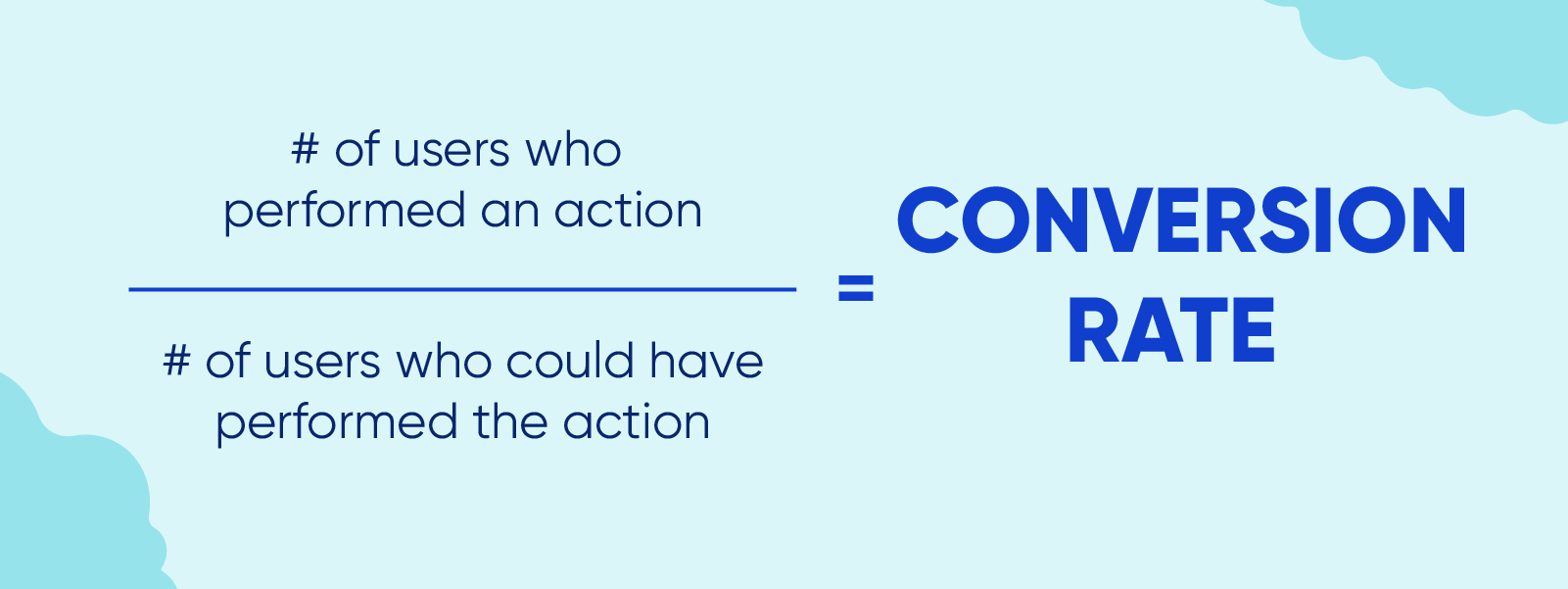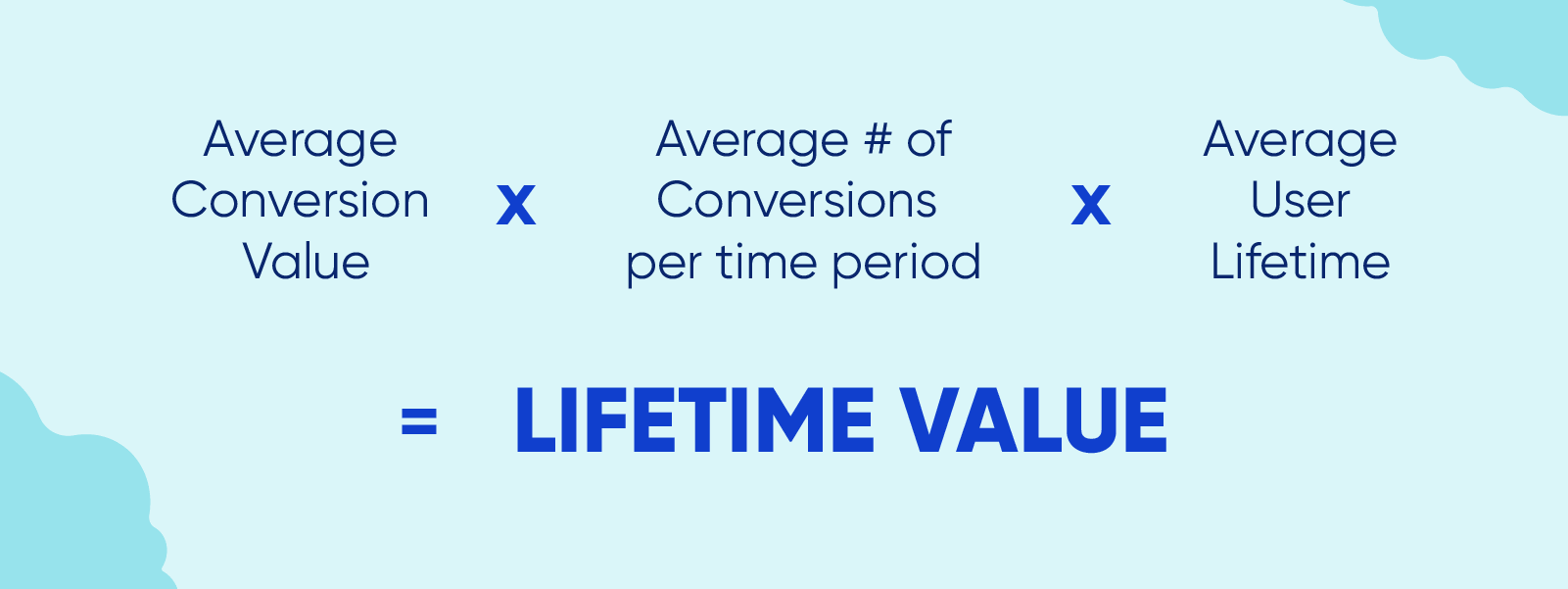User engagement is the lifeline for your app. When it’s healthy, you see a boost in CLTV, retention, and (most importantly) revenue.
When it’s low, you experience churn, low conversions, and poor NPS scores.
Poor user engagement is not always about the UI. Sometimes, it can stem from what your marketing team is doing (or isn’t doing).
Let’s take a look at 5 substandard mobile marketing habits that result in poor user engagement:
Measuring the Wrong Metrics
Every metric serves a purpose. However, the danger lies in relying on the wrong metrics to deliver an accurate assessment of your app’s growth. These vanity metrics include:
- Mobile app downloads
- Email subscribers
- Social media followers
While vanity metrics provide an accurate reading of acquisition ROI, good content, and brand awareness, they don’t reflect the overall health of your app. And placing too much emphasis on these metrics can result in ignoring those that actually matter, such as:
Retention/Churn rate: This reveals the percentage of users who continue to use your app compared to the percentage of users who have churned.
Conversion rate: This tells you the percentage of users who’ve turned into paying customers. Conversely, conversions can mean different things to different apps, depending on their monetization models. For example, building a profile might be a more important conversion metric for some apps. 
Customer Lifetime Value (CLTV): This measures the profit margin an app expects to earn over the entirety of its business relationship with the average customer.
Putting Too Much Emphasis On Acquisition
Many mobile marketers believe that to grow their app they must grow the number of new users. While this isn’t wrong, it doesn’t show the whole picture.
We often compare acquisition-centric growth strategies to a leaky bucket. Here’s why:
- 1/4 of all apps are only used once1
- The average cost per install in 2018 was $4.08
- Cost per in-app purchase is $74.93
- Cost per subscription is as high as $1482
Once you realize how much money is wasted acquiring customers who churn in a matter of days, your bucket is no longer leaking water — it’s leaking champagne.
If you want sustainable app growth, you must redirect your focus on retention by finding out who your existing users are and what they want.
But you can’t expect all your users to want the same thing.
Cohort analysis helps you group your users based on similar demographic traits or behavior within the app. That way, you can tailor their experience so they get the most out of your app, and target similar new users with a marketing message that resonates.
Failing to Set Expectations
“Best app in the world!”
“Only app you’ll ever need!”
Confidence is key when marketing your app, but making false claims isn’t. You’ll just end up with a whole bunch of this:
When you over-promise and under-deliver, users notice.
Let your users decide for themselves if your app is the “best in the world” by advertising the actual benefits and features of your app.
Clarity Money does this really well by showing new users the app UI and explaining what they can accomplish by downloading it. 
Setting the right expectations in your campaigns not only attracts the right users for your app but establishes trust within your brand.
Communicating the Wrong Way
As we stated before, there is no one-size-fits-all way to talk to your users. Each user has a different experience with your brand.
Even discounts and offers should be tailored and targeted to the right individuals.
I once used a shopping app to purchase a book. A few weeks later, I received an email from the app offering that same book for half the price. This left me frustrated and reluctant to purchase anything full price from that app again.
Personalized communication not only enhances user engagement with your app but boosts conversions as well. In fact, 80% of consumers indicated they are more likely to do business with a company if it offers personalized experiences.3
Geolocation is another great opportunity to personalize the user experience, but only if you have a relevant message to share. Tailoring your touchpoints with this information shows first-time visitors that your content is relevant to their needs, increasing their chances of converting.
For example, Squaw Valley tailors its website language based on where users are located and provide a breakdown of the current weather conditions on the slopes.
Inconsistent User Experience
The goal of any marketing strategy is to not come across as marketing. It’s to dispense the right information at the right time to the right person in order to boost conversions.
When an app dictates how they want their users to engage with their brand, users feel “marketed to.”
For example, running a Facebook ad for a clothing item that’s sold out in almost every size only frustrates and annoys users.
With an average of 6 touchpoints to interact with a brand and nearly 50% regularly using more than 4, today’s apps need to provide a consistent and seamless experience across every interaction with their brand.4
Instead of forcing users to only use your app, adapt to how your customers want to interact with your brand and offer conversion opportunities across each touchpoint.
Barkshop creates a seamless experience for Instagram browsers — integrating cute photos of dogs with opportunities to convert. Instead of marketing to random users, they target users who are already showing interest by engaging with their brand on social media.
Avoid Poor Mobile Marketing Practices Entirely
Not all users need to see the product before they decide it’s flawed. When your marketing message correlates with your users’ needs, they’ll not only install your app, but they’ll use it frequently.
CleverTap provides a centralized control center for all your marketing campaigns, so you can ensure you’re sending the right message to the right user at the right time.

A Marketer’s Guide to Personalizing User Experiences
Subharun Mukherjee 
Heads Cross-Functional Marketing.Expert in SaaS Product Marketing, CX & GTM strategies.
Free Customer Engagement Guides
Join our newsletter for actionable tips and proven strategies to grow your business and engage your customers.















































